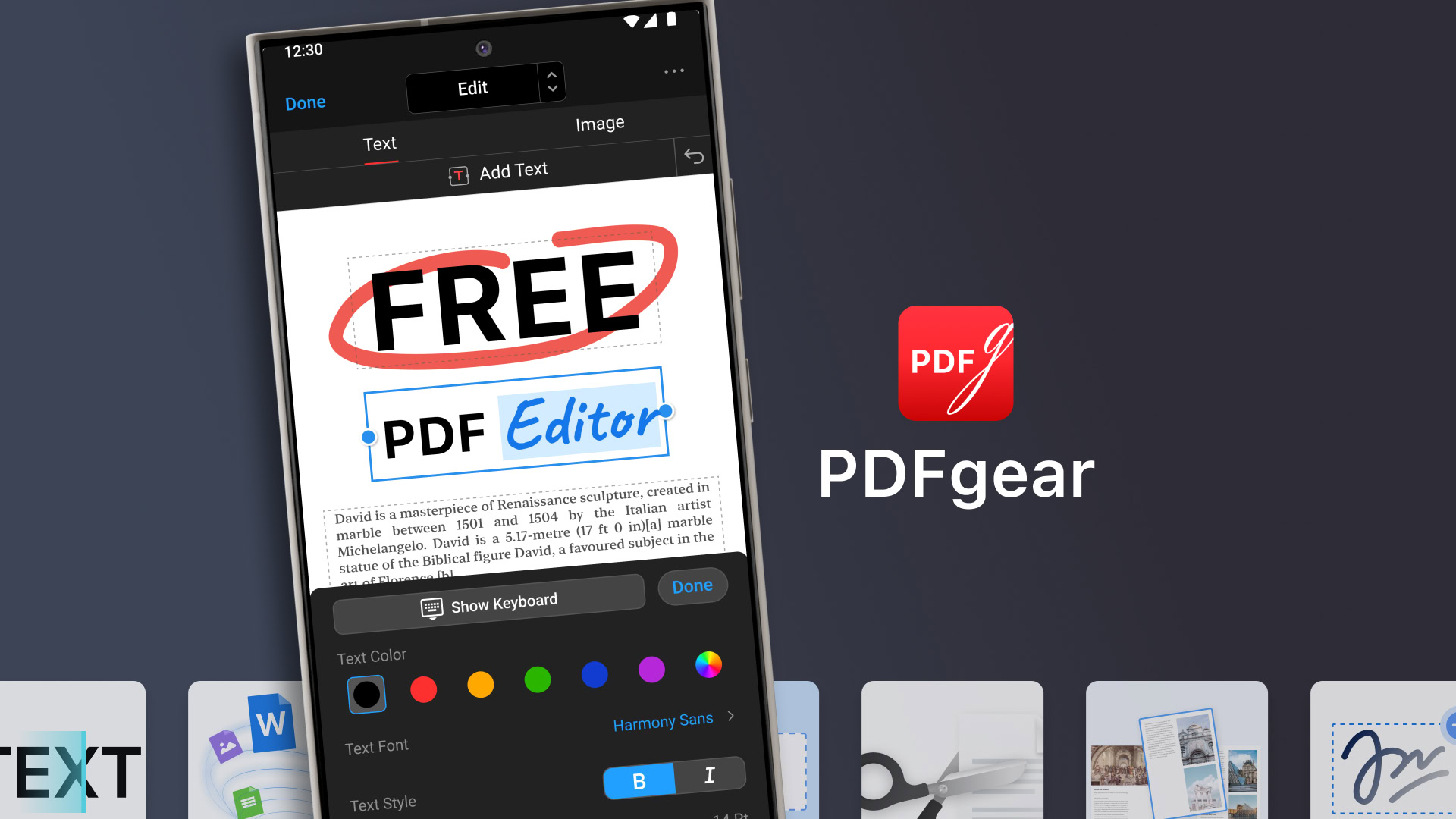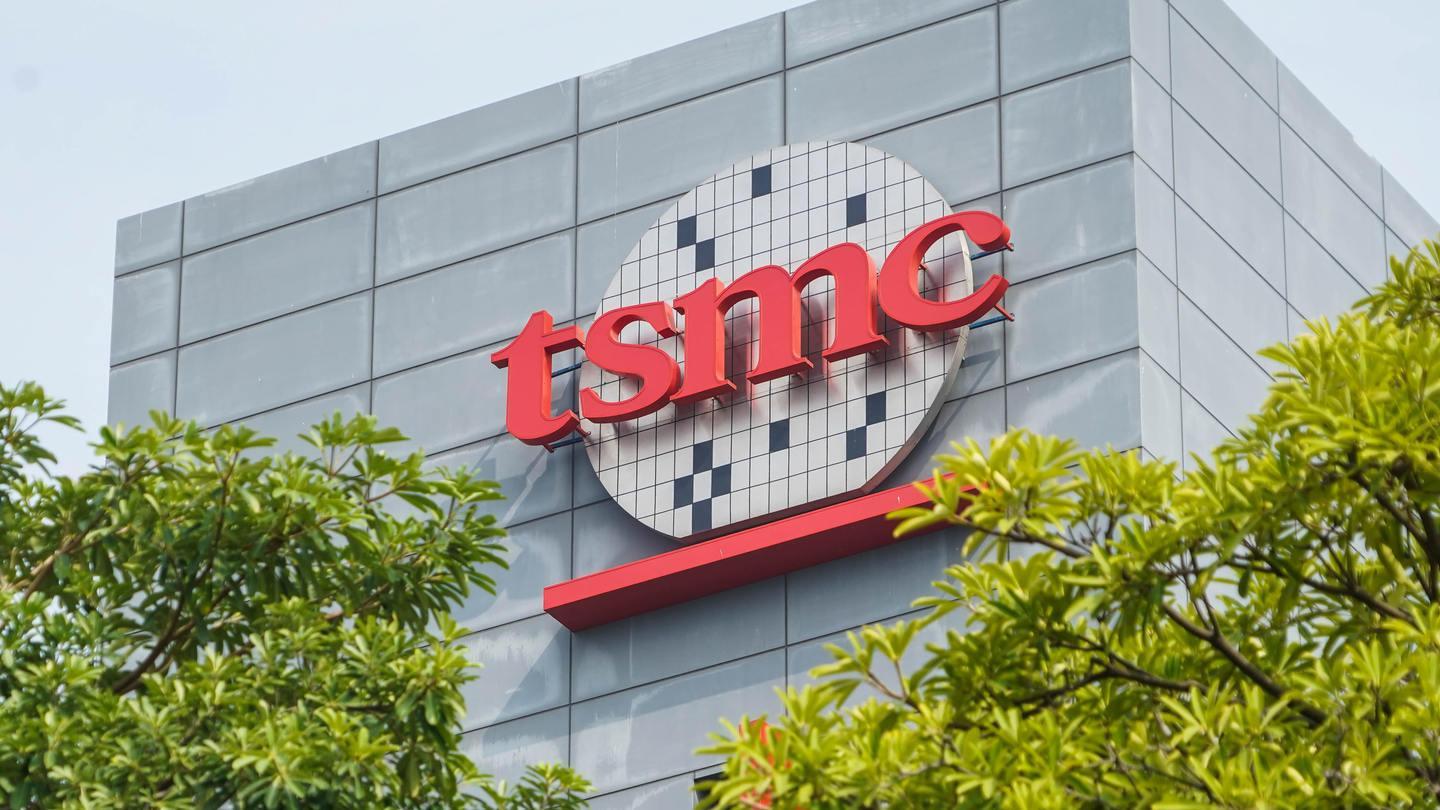MetaCene CEO Alan Tan explains how Web3 tech, DAOs, and the MAK token can redefine MMORPGs.
With Web3 technology’s involvement in the gaming industry, a new wave of MMORPGs is emerging, focused on decentralization, player ownership, and community engagement. MetaCene co-founder and CEO Alan Tan is setting ambitious standards for these blockchain-based MMORPGs with a focus on fostering social dynamics and empowering players.
A veteran of the gaming industry, Tan’s experience leading iconic titles has equipped him with unique insights into what makes virtual worlds thrive. With MetaCene, he’s on a mission to blend the social engagement of traditional MMORPGs with the ownership and governance potential of Web3.

Source: MetaCene
Through an innovative ecosystem of community-driven governance, player-owned servers, and the versatile MAK token, MetaCene offers players a space where they can be part of a decentralized and player-centric economy.
In this interview, Tan dives deep into MetaCene’s approach to community building, decentralized governance, and empowering players through asset ownership and decentralized autonomous organization (DAO) structures. He also shares what lies ahead for MetaCene as it prepares for its upcoming release, including new game updates, an expanding NFT ecosystem, and a vision for global reach.
The success of an MMORPG often hinges on its community and social dynamics. How is MetaCene leveraging Web3 tools to build a more engaged and empowered player community?
Alan Tan: You are right about the significant part social factors play in games, especially in MMORPGs. Long-term, in-depth social interactions are common in most MMORPGs, and these interactions are not overly dependent on any specific scenario.

Source: MetaCene
One key factor behind these long-term connections is that MMORPGs often require players to form tight-knit communities to participate in various activities — whether it’s PVP, PVE, or in-game trading. These activities typically serve long-term goals, unlike competitive games where players are matched together for the sole purpose of winning a single match.
Another characteristic of MMORPGs, stemming from the point above, is that a strong social interaction basis nurtures hierarchy. We have seen this in many massive Web2 titles, where whale players show off their rare in-game equipment and dominant guilds compete for resources and glory.
In a gaming ecosystem complex like MMORPG, structuring the gameplay and economy is no different than creating a society. If leveraged correctly, Web3’s incentive mechanisms and real-world value assets help increase the appeal to players in that regard. In MetaCene, we have diverse types of in-game and onchain assets integrated into different gameplay to fulfill players’ varying social and emotional needs and expectations for gains.

Source: MetaCene
Each level of the play-and-earn pyramid can be seen as a unique closed loop that lays the foundation for the upper level, creating the echelons that accommodate a wide range of players who are essential to growing a virtual economy that scales. By ensuring players’ needs are met, and everyone can find a player journey that suits them the best, we are setting MetaCene up to be a game that players can enjoy for longer hours and keep coming back to.
Based on data collected from gameplay and trading, we adjust the asset parameters dynamically, boosting the assets’ in-game performance and utility to provide sustainable value-add for players and holders.
MetaCene promises to merge the best of both Web2 and Web3 gaming worlds. What have been some of the biggest lessons learned from traditional gaming that you’re applying to your Web3 platform?
Alan Tan: Communication and distribution.
One of the most widely discussed and recognized pain points in the traditional gaming industry is that gaming companies and players often find themselves on opposite sides. Players have little say in the decision-making and development processes of games, which set the tone for the long-term trajectory of the project and cast the most direct impact on gamers.
In Web3, we see many teams approach this more mindfully, putting the community at the center and diligently taking and implementing their feedback. Asset distribution also strengthens players’ voices, and this is refreshing to see coming from the Web2 gaming business.
Community engagement in Web3 gaming is truly multi-faceted; it can be done through gameplay and economy incentives design. It can also be done in the direct communication channels we’ve established with our community — X Spaces, Discord channels, and player group chats. It’s great to see more founders being hands-on in the game’s growth and acting as the player community’s point of contact.

Source: MetaCene
In terms of distribution, we consider it one of the most decisive factors in a Web3 game’s success. Web3 offers games more flexibility and strategy in distribution to maximize ROI, enhance playtest impact, ensure accessibility for target audiences, and boost game presence through strategic distribution channel choices.
We are excited to launch in mainstream game stores. For one, it’s an acknowledgment of all the hard work the team has put in that led up to this point. Also, it presents a great opportunity for us to onboard new players, convert more Web2 gamers, and see how this will supercharge our ecosystem’s value appreciation with demand and engagement.
Can you explain the purpose of the MAK token and its role within the MetaCene ecosystem?
Alan Tan: MAK is MetaCene’s central governance token and a crucial asset in our ecosystem. It powers various utilities, from staking and purchasing to play-to-earn rewards, transaction facilitation, and ecosystem participation.
MAK has established strong liquidity, trading with a daily volume of $2 million and supported by a holder base of 22,000 players in our recent Gold Rush season. Situated at the core of MetaCene’s asset network, MAK is deeply integrated with other onchain assets, allowing players to stake, trade, and unlock value across the ecosystem.
For example, staking a Treasure Box yields MAK tokens, while using MAK enhances returns within our Realms server network. We’re committed to expanding MAK’s utility to continuously add value for players.
Can you tell us more about MetaCene’s community-driven governance model? How does giving players a voice in game development and server management enhance the overall experience?
Alan Tan: Achieving co-governance through community DAO is one of MetaCene’s core visions. MetaCene DAO co-governance is implemented in the form of smart contracts to ensure the governance rights of asset holders. MetaCene’s DAO co-governance is divided into platform DAO governance and game server DAO governance.

Source: MetaCene
MetaCene platform DAO governance is implemented through MAK’s governance rights. Its scope includes but is not limited to: platform DAO governance structure, proposals and voting on decisions related to MetaCene games, and asset-related decision-making. For example, whether the Apostle NFT equity will be increased, whether the Treasure Box prize pool should be expanded, etc.
The DAO governance of each game server is implemented through Realms NFT and is managed by the server senate and government. Senates and Governments in each server will oversee different aspects of player governance, including taxation, rule-making, community service and more. These governing bodies will all be elected by Realms holders and server “residents,” and all elections and votes will take place publicly onchain.
Governments of different game servers may design different management models based on their own governance concepts. For example, the government can encourage market prosperity with a low-tax model or boost welfare with a high-tax model.
Since players can enter different servers through World Island and onchain assets can be transferred across servers through exchanges, the governments of the servers are in competition with each other. Such competition can promote better decision-making by governments.
What key milestones can players expect as MetaCene heads toward its 2024 launch?
Alan Tan: We’ve already had an exciting year, with October’s Thor’s Wrath update bringing new content like the Shield Hammer weapon class, Geocentric Business Port map, and enhancements to utility NFTs.
VIDEO: https://www.youtube.com/watch?v=br6aNryn3wE
November marks our listing on iOS and Google Play, making the Web2 version widely accessible. In December, we’re planning promotional campaigns and a major rollout across LATAM and SEA. Looking ahead to 2025, we aim to launch the first Realms servers, which can support over a million players.
Our long-term goal is to reach over 2 billion gamers globally, with MetaCene extending beyond MMORPGs to offer diverse gaming experiences. Following a successful Gold Rush Season with 86,145 monthly active users and 1.87 million in-game transactions, we expect to reach over 3 million players within six months of launch, with a significant portion as asset holders from both Web2 and Web3.
Conclusion
MetaCene is poised to redefine what MMORPGs can offer by merging blockchain technology with a true community-centered experience. With a focus on player empowerment and immersive social dynamics, MetaCene aims to lead the charge in the next era of blockchain-based MMORPGs.




/cdn.vox-cdn.com/uploads/chorus_asset/file/25739519/wd_black_c50.jpg)



/cdn.vox-cdn.com/uploads/chorus_asset/file/23999787/acastro_STK073_01.jpg)





